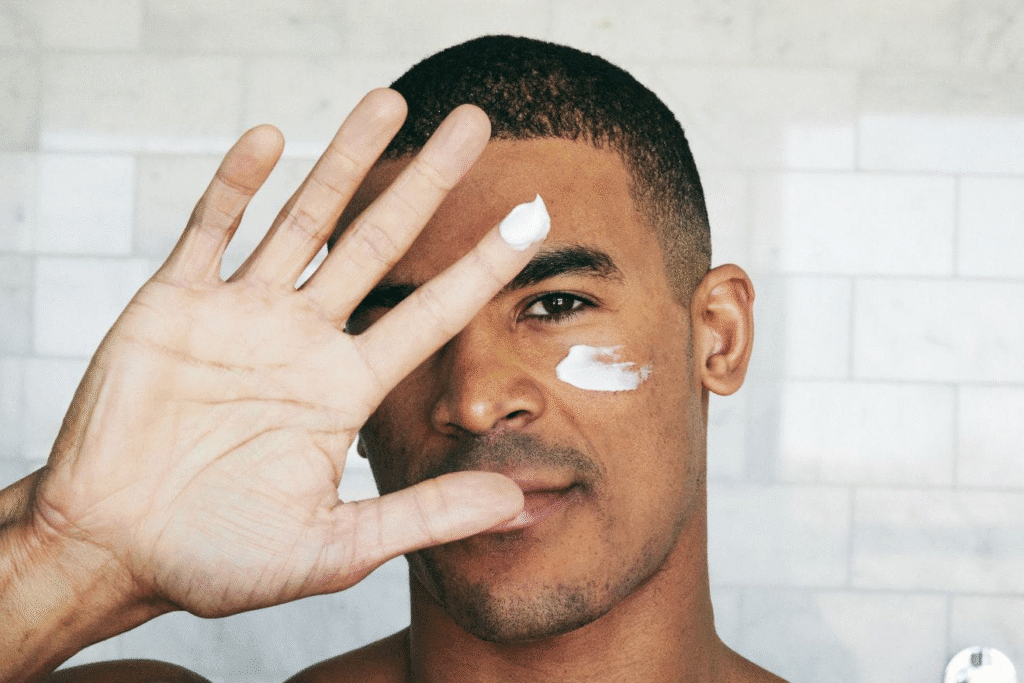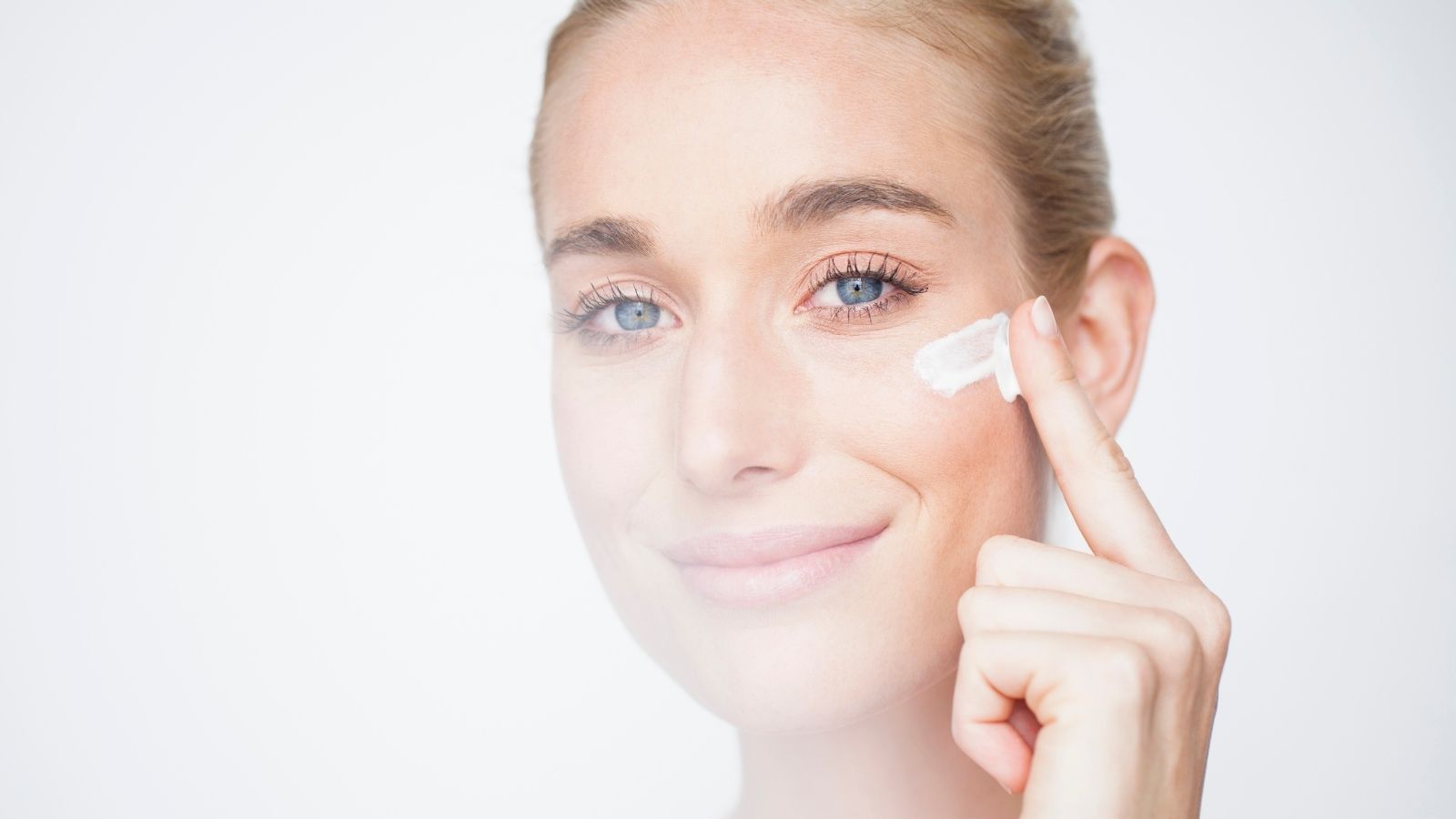Retinol, a form of Vitamin A, is widely celebrated in the skincare world for its powerful anti-aging and acne-fighting properties. However, when it comes to introducing retinol into your routine, it’s essential to proceed with caution. While it can deliver remarkable results, it can also be harsh on the skin if not used correctly. If you’re new to retinol, here’s a comprehensive guide to help you start using it the right way and get the best results without causing irritation.
1. Understand What Retinol Does
Retinol works by stimulating collagen production and speeding up cell turnover. This helps to:
- Minimize fine lines and wrinkles
- Fade dark spots and hyperpigmentation
- Unclog pores and reduce acne
It’s one of the most effective skincare ingredients for promoting smoother, brighter, and more youthful-looking skin.
2. Start Slowly
If you’ve never used retinol before, it’s crucial to start slow to allow your skin to build tolerance. Overuse, especially in the beginning, can lead to irritation, dryness, and peeling. Here’s how you can begin:
- Start with a lower concentration: Begin with a 0.25% or 0.5% retinol formula. These are less likely to cause irritation than higher strengths.
- Apply once or twice a week: Gradually introduce retinol into your routine. Start by applying it once a week, then increase the frequency as your skin adapts. Eventually, you can use it 3-4 times a week, depending on your skin’s tolerance.
3. Apply It Correctly
The way you apply retinol can make a difference in how well it works and how your skin reacts. Here’s the best way to incorporate it into your nighttime routine:
- Cleanse first: Wash your face with a gentle, non-drying cleanser. Pat your skin dry with a clean towel.
- Wait before applying: After cleansing, wait for about 20 minutes before applying retinol. This allows your skin’s natural barrier to recover from the cleansing process, reducing irritation.
- Use a small amount: A pea-sized amount is enough for your entire face. Avoid applying it to the delicate skin around your eyes and lips unless the product is specifically designed for those areas.
- Moisturize: After applying retinol, use a gentle moisturizer to lock in hydration. This helps reduce dryness and irritation.
4. Avoid Mixing with Other Active Ingredients
Retinol is a powerful ingredient, and using it with other active ingredients like vitamin C, benzoyl peroxide, or alpha hydroxy acids (AHAs) can cause excessive irritation and dryness. To prevent this, use these ingredients on alternate days. For example:
- Morning: Use Vitamin C serum
- Evening: Apply retinol
This will allow your skin to benefit from both ingredients without overwhelming it.

5. Be Consistent
Retinol can take time to show visible results, so consistency is key. It can take 4-6 weeks before you begin to notice improvements in your skin’s texture and tone. Don’t be discouraged if you don’t see immediate results — just keep using it as directed, and be patient.
6. Don’t Forget Sunscreen
Retinol makes your skin more sensitive to the sun, increasing the risk of sunburn and pigmentation. Always apply broad-spectrum sunscreen with SPF 30 or higher every morning, even if you’re staying indoors. This will protect your skin from harmful UV rays and help prevent further damage.
7. Watch for Side Effects
When you first start using retinol, you may experience some mild side effects like:
- Dryness
- Redness
- Peeling
- Sensitivity
These are common during the adjustment period. If the irritation becomes severe or doesn’t improve, you may need to reduce the frequency of use or switch to a milder retinoid, like retinaldehyde or adapalene, which are generally less irritating.
8. Consider Your Skin Type
While retinol can benefit all skin types, your skin type might influence how you introduce it into your routine:
- Sensitive skin: Start with the lowest concentration and build up gradually. Consider using a retinol alternative like bakuchiol, which is gentler on the skin.
- Oily or acne-prone skin: Retinol is especially effective for acne, so you may be able to use it more frequently once your skin adjusts.
- Dry skin: Hydration is key for you. Make sure to moisturize well and avoid using other drying ingredients along with retinol.
9. Choose the Right Product
There are many different retinol products on the market, so it’s important to choose one that suits your needs. Consider:
- Retinol serums: Lightweight and fast-absorbing, great for most skin types.
- Retinol creams: More hydrating, ideal for dry or sensitive skin.
- Retinol oils: Offer a nourishing and moisturizing option for those with dry skin.
Look for products that are free from fragrances and alcohol to avoid irritation.
10. Keep Track of Progress
As you start using retinol, keep track of your skin’s progress. Take photos at the start of your retinol journey and compare them over time to monitor improvements. This will help you stay motivated and notice subtle changes that might not be visible day-to-day.
In Conclusion:
Retinol is a powerhouse ingredient with incredible benefits for your skin, but introducing it into your routine requires patience and care. Start slowly, be consistent, and always prioritize hydration and sun protection. Over time, you’ll likely notice smoother, clearer, and more youthful-looking skin as the effects of retinol begin to take hold. If you experience any severe irritation or concerns, consult with a dermatologist for personalized advice.
Also Read : 10 Best Foods for Healthy Glowing Skin You Should Eat Daily



